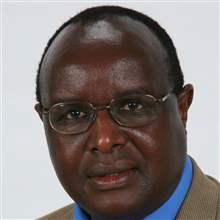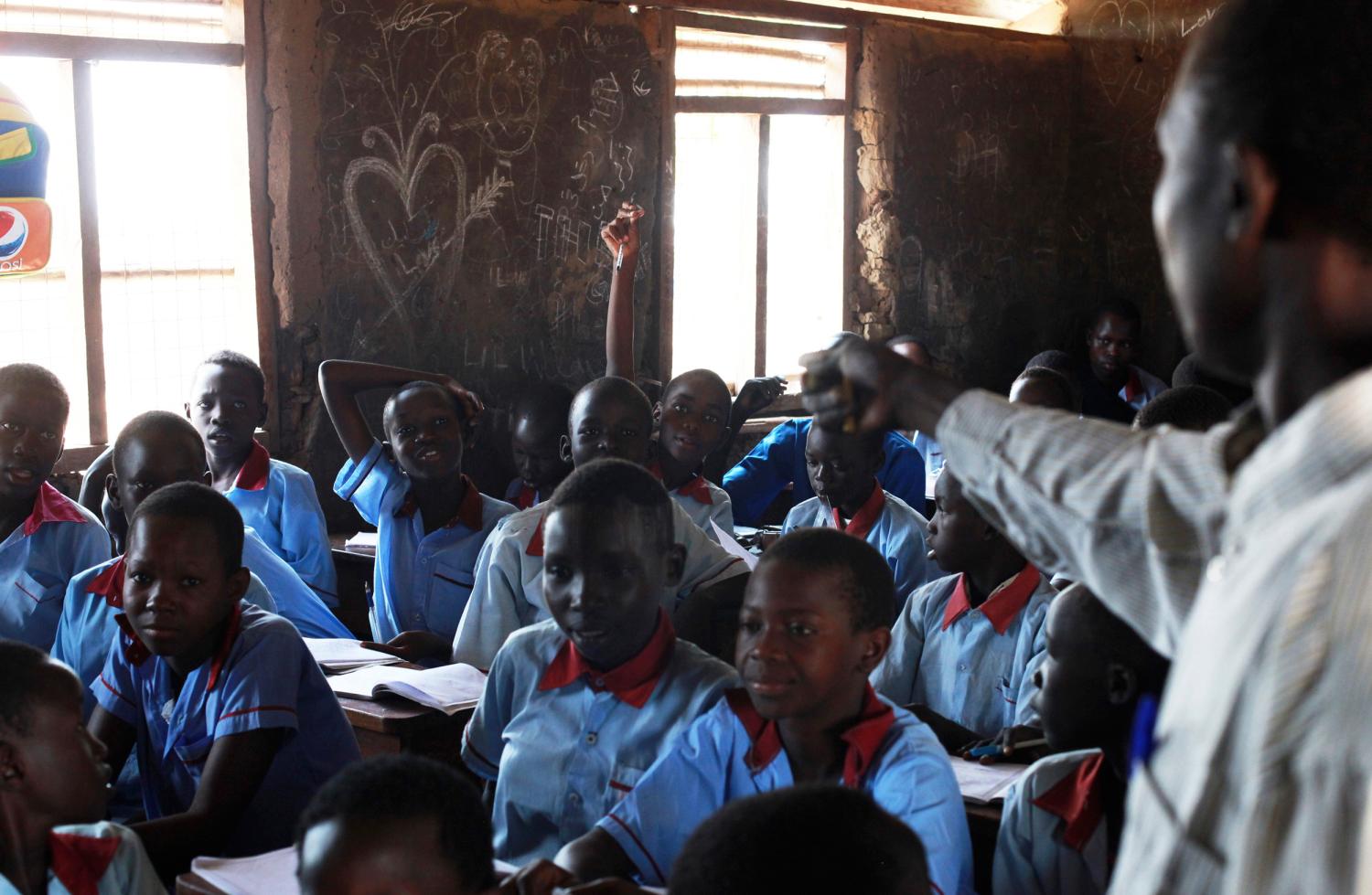INTRODUCTION
One of the greatest challenges facing governments and policymakers in Africa today is how to provide opportunities for the continent’s more than 200 million youth so that they can have decent lives and contribute to the economic development of their countries. According to the United Nations (2012), Africa’s 2011 population was estimated at 1.05 billion and is expected to double by 2050. Africa is the youngest continent in the world: About 70 percent of its population is 30 years of age or younger. In 2011, youth, who are defined here as those between 15 and 24 years of age, constituted 21 percent of the more than 1 billion people in Africa, whereas another 42 percent was less than 15 years old. Slightly more than half of the African youth population is female, and there are more rural dwellers than urban dwellers. With such a large proportion under 15 years of age, Africa’s youth population is expected to grow in the years to come while the youth population in other parts of the world shrinks.
Undoubtedly, the challenges for youth that are central to Africa’s economic development are numerous and varied—they include employment, health and political participation.
Undoubtedly, the challenges for youth that are central to Africa’s economic development are numerous and varied—they include employment, health and political participation. These issues differ among groups within countries (by gender, education level, ethnicity and health status), and across countries and regions. Conversely, the size, energy, enthusiasm, innovation and dynamism of youth are assets that can be harnessed for Africa’s development with appropriate policies that deal adequately with the issues facing them.
The potentially important role of youth in Africa’s development cannot be overemphasized. Youth could be a source of labor inputs as well as human capital in production, which would improve total factor productivity in a region of the world where capital formation is limited. When employed, youth could be a reliable source of demand for the economy through their consumption activities. In addition, the youth of Africa could be critical for the development of a new class of entrepreneurs that African countries need to prosper. Furthermore, Africa has an opportunity to harness a “demographic dividend”: With the projection that most countries in Africa will have more working-age adults per child in 2030 than in 2006, there will be a large workforce supporting fewer children and the elderly. This trend would result in a lower dependency burden, freeing up resources for development; see, for example, Ashford (2007).




